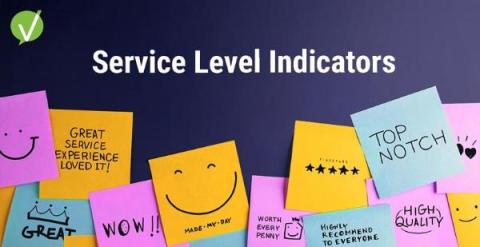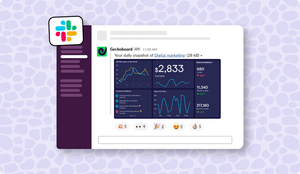8 Strategies to Build a High Performing WFH Team
The trend for remote working is getting popular even after we have come a long way from the pandemic era. BBC study has indicated that 44% of employees prefer working from home and WFH team are seeking similar opportunities in the future as well. This depicts that the future of remote working is going nowhere. Now that organizations have identified the importance of remote working, handling the WFH team can be a core challenge when it comes to developing a high-performing team.











